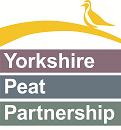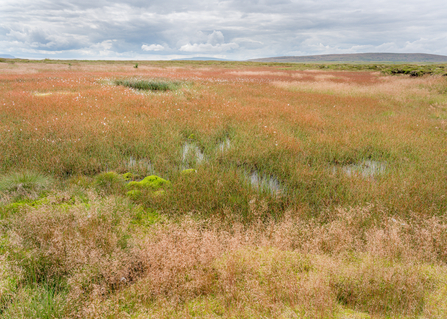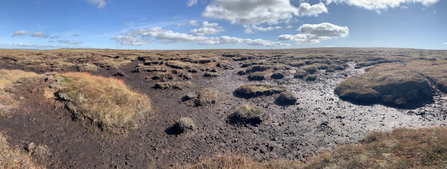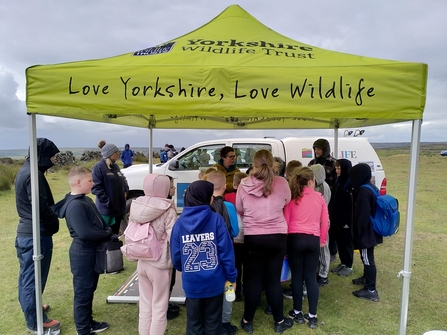This is the most likely response when I try explaining my new day-to-day. Surprisingly a bog isn’t exactly what people imagine of a conservation job.
True, it might sound like conservation’s Shreck in a world of princess films. Yes, I’m aware he lived in a swamp, but you get the idea. Bogs are often seen as damp, cold and ugly places and rarely seen for the unsung heroes of nature and climate recovery they are.
So, what is a peat bog? Well, I’ll try and explain what I’ve learnt so far in my role as Peat Project Intern but, be warned, no words or pictures can truly explain to you the beauty that is a peat bog.












